White cabbage: useful properties of a popular vegetable
Vegetables are an irreplaceable storehouse of elements necessary for the human body. A real "vitamin bomb" - white cabbage - grows on every household plot.
Content
- Cabbage: historical background
- Useful substances in the vegetable
- The healing properties of culture
- Contraindications: when should you not get carried away with a vegetable?
Cabbage: historical background
Cabbage is a member of the Cruciferous family. It has been used as a medicine for a long time. Even now, scientists do not know when healers first took advantage of the beneficial properties of the vegetable. It is only known that today the wild form of cabbage familiar from childhood grows in Western Europe and North Africa.
Historians have found references to culture in documents dating back several millennia BC. Most likely, it was the inhabitants of Ancient Iberia who first began to purposefully grow this vegetable. Gradually, the plant "mastered" the entire Mediterranean.
It is certain that it was used in the Balkans and Transcaucasia at the beginning of the 1st millennium AD.
Scientists suggest that the Slavs got acquainted with white cabbage even before the complete unification of the tribes into Kievan Rus. The basis for this conclusion is a detailed description of the use and use of vegetables in the "Izbornik Svyatoslav" (1076).
Reading the text dedicated to heads of cabbage, it becomes clear that even then culture was a familiar, everyday product. Cabbage in Russia was revered in the same way as bread. It was used almost all the time. In the season they ate fresh, and in winter they ate salted and sour.
Today, cabbage occupies an honorable place among the most important agricultural crops. It is grown in most countries.
The vegetable develops well and pleases with abundant harvests in areas of moderately cool climate. Russia also meets these requirements. In the country, cabbage grows on half of the agricultural land allocated for vegetables. Written evidence proves that cabbage is a culture with an ancient history, loved for centuries in many countries.
Useful substances in the vegetable
From a chemical point of view, cabbage contains a large set of vitamins, acids and minerals. In addition to the fact that its components are useful for humans, they are rare and valuable. These substances are able to ensure the normal functioning of the body for a fairly long time.
Vitamins in white cabbage:
- Group B representatives
- Ascorbic acid
- Choline
- Phylloquinone (vitamin K)
- Biotin (vitamin H)
- Retinol (A)
- Tocopherol (E)
- Beta carotene
- Niacin (PP)
Trace elements in the plant:
- Manganese
- Selenium
- Zinc
- Iron
- Fluorine
- Iodine
- Copper
The vegetable is rich in macronutrients:
- Calcium
- Chlorine
- Sodium
- Magnesium
- Sulfur
- Phosphorus
- Potassium
In addition to the above components, there is in the cabbage carbohydrates, fats, glucose, fructose, fiber is present. Cabbage is known to contain phytoncides and enzymes. The concentration of nutrients is highest in cabbage juice.
In terms of the amount of vitamin C in its composition, the plant is on the same level as an orange and is ahead of a lemon. During the heat treatment of vegetables, this element is destroyed.
As for cabbage, its ability to maintain a high concentration of ascorbic acid is amazing. In the head of cabbage that has lain from autumn to spring, 50% of vitamin C remains. The same substance is present in the form of ascorbigen, from which the body synthesizes ascorbic acid. The element does not lend itself to the harmful effects of high temperature and air. In the process of cooking dishes (sauerkraut, stewed cabbage), it turns into the necessary organic compound, making food more useful.
Vitamin U is a rare element, the effect of which on the body is not fully understood. Its content in the product determined by the variety of cabbage, terms and conditions of its storage. Modern medicine reliably knows that vitamin prevents the development of stomach and duodenal ulcers. White cabbage contains no less vitamins than fruits.
The healing properties of culture
A vegetable as an ingredient in any dish preserves all its useful qualities practically unchanged. Fresh, fermented product, cabbage juice, infusion and brine are valuable.
Action on the body:
- Sulfur influences the stimulation of insulin synthesis. EFFECT: regulation of sugar level in the circulatory system.
- Folic acid, tartronic acid - means of prevention and therapy of atherosclerosis, obesity. Substances do not allow carbohydrates to turn into fats, normalize protein metabolism.
- Essential amino acids have a positive effect on the endocrine system. They take part in hematopoietic processes, remove toxins, stimulate tissue growth and regeneration.
- Potassium normalizes the work of the cardiovascular system.
- Drinking fresh cabbage juice will heal the ulcer of the stomach and duodenal ulcer, prevent the complication of chronic gastritis. Acute acute respiratory infections, jaundice, spleen disease, headaches, insomnia are indications for the use of fluids.
- The pronounced antiseptic effect of cabbage juice helps to fight inflammation in the throat and mouth. The concentrate is diluted with water and used for rinsing.
- Sauerkraut brine will ease the condition with advanced hemorrhoids, which are accompanied by profuse bleeding and constipation. It is recommended for liver problems and dyspepsia.
- Fiber is a powerful means of enhancing intestinal motor function.
- Cabbage leaves, thanks to phytoncides in their composition, are applied externally. They are applied to injured areas with burns, bruises and dislocations. They will have a beneficial effect on inflamed ligaments and joints, relieve migraine pain.
Contraindications: when should you not get carried away with a vegetable?
Before starting treatment with cabbage, it is important to make sure that such therapy does not harm your health. A seemingly harmless plant also has restrictions on its use:
- When diagnosed with acute or chronic pancreatitis, diseases of the digestive system, it is not recommended to eat raw cabbage. Such a dish will provoke an exacerbation of the disease.
- Excessive love for raw vegetables will lead to bloating, colic, flatulence. This is especially true for people who, due to dental problems, cannot process the product in their mouth.
- It is forbidden to constantly use untreated stalk: all the harmful elements absorbed by the plant during ripening are concentrated in it. Coarse fiber will harm colitis, diarrhea and enteritis.
- The key to health is nutrition with quality products. A good cabbage has a dense head of cabbage, a white cut. The dark brown shade of the cut will "tell" that the vegetable is stale and has lost most of the useful components.
- You cannot buy damaged goods, stained or with an unpleasant odor. The fresh plant is heavy, rich green. There should be no dead leaves on it.
No doubt about positive effects of the vegetable to health. If you take into account the individual characteristics of your body and adhere to reasonable measures, success is guaranteed.
More information can be found in the video.




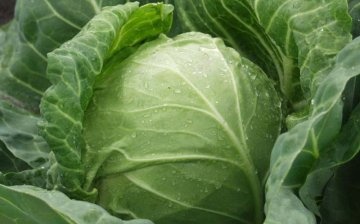
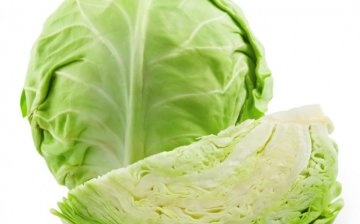
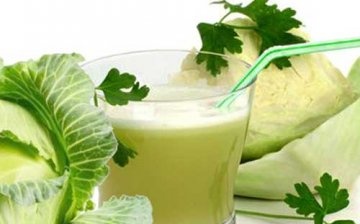
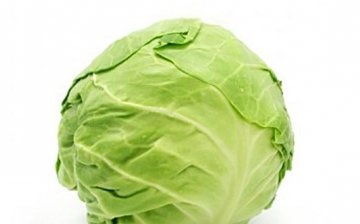





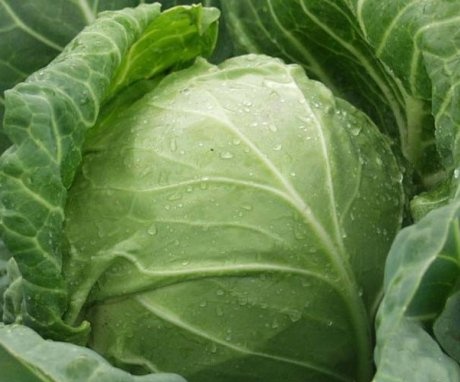
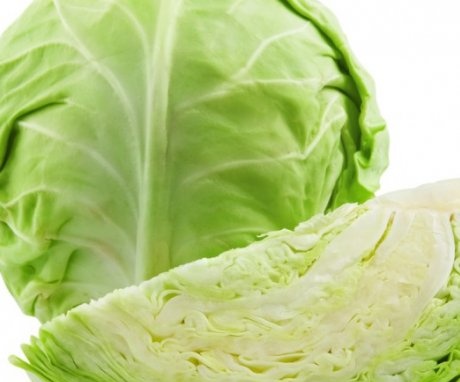
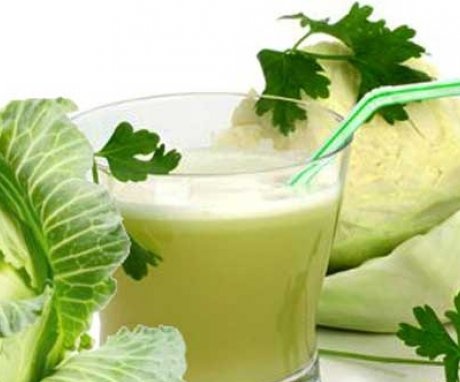
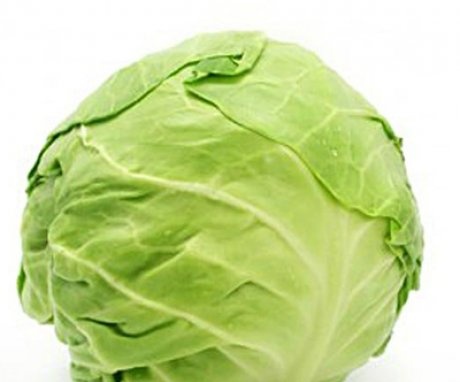
Undoubtedly, cabbage is very useful and should be in every housewife in the kitchen, since few dishes do without it. But in our country, salad and borscht are most often made from cabbage, these are the main dishes from cabbage.